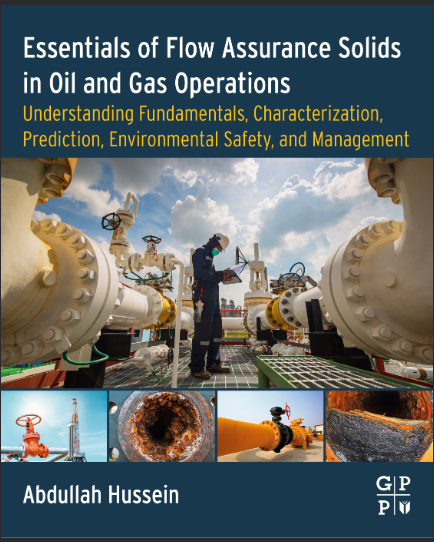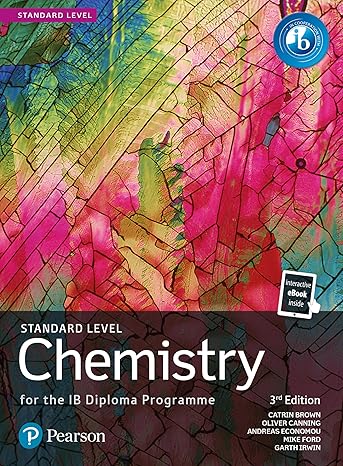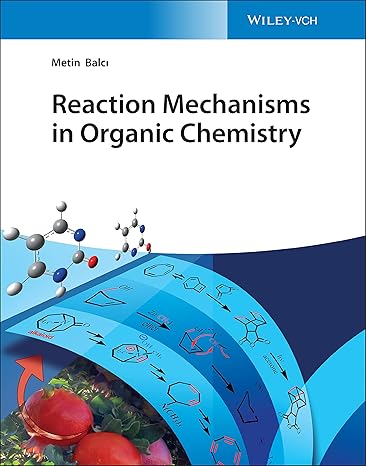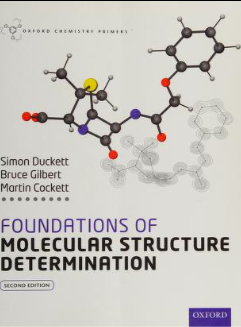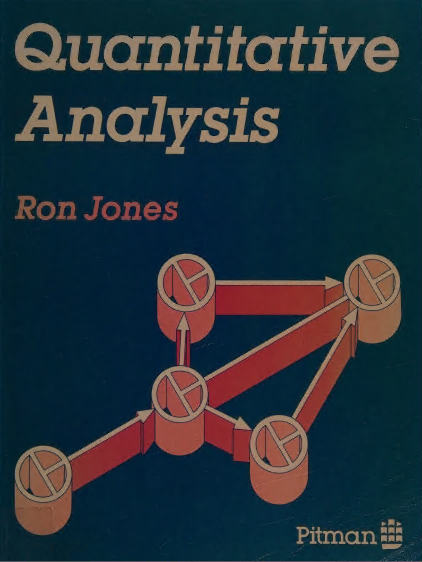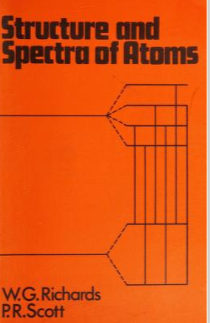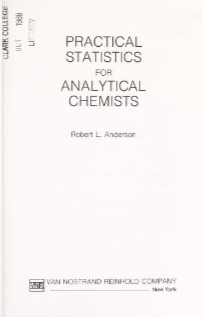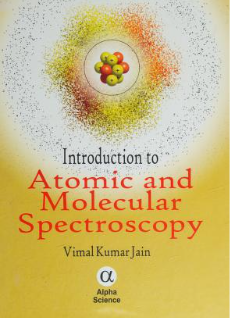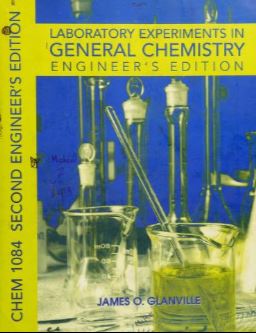Oil demand and price depend on global political, industrial, social, and environmental factors, such as wars, pandemics, climate change, rising or falling economies, and emerging industries. For example, in 2020 with the outbreak of the COVID-19 pandemic, primary energy consumption fell by 4.5%, the largest decline since 1945. The drop in energy consumption was driven mainly by oil, which contrib- uted almost three-quarters of the net decline, although natural gas and coal also saw significant de- clines. The oil price (Dated Brent) averaged $41.84/bbl in 2020—the lowest since 2004 [7]. Besides being a main source of energy, petroleum also is the raw material for the petrochemical industry. Petroleum feedstock is used in petrochemical plants and turned into plastic to make essential products used in our everyday lives. Most refineries convert just 5%–20% of incoming oil into petrochemicals [8]. More than 6000 everyday products get their start from oil, including electronics, textiles, sporting goods, health and beauty products, medical supplies, and many household products [9]. All these products are shaping modern civilization—thus giving up on petroleum production is an issue with dire consequences. Petroleum can be extracted either from conventional or unconventional resources. Conventional re- sources are discrete accumulations or pools of oil or gas, where the rock formations hosting these pools usually have high porosity and permeability and are found below impermeable rock formations. It is more Essentials of Flow Assurance Solids in Oil and Gas Operations. https://doi.org/10.1016/B978-0-323-99118-6.00012-5 Copyright # 2023 Elsevier Inc. All rights reserved. 1 straightforward and less expensive to extract petroleum hydrocarbons from conventional sources. Uncon- ventional resources, on the other hand, are oil- or gas-bearing units where the permeability and porosity are so low that the resource cannot be extracted economically through a vertical wellbore and instead a hor- izontal wellbore is required, followed by multistage hydraulic fracturing to achieve economic production. Examples of unconventional oil resources include shale oil, extra heavy oil, tar sands, and bitumen [10]. Fig. 1.2 illustrates the difference between the conventional and unconventional resources. The global petroleum resource potential is massive; conventional and unconventional hydrocarbon resources, at a ratio of about 2:8, amount to about 5 � 10 12 t in total. With a current recovery percentage of conventional hydrocarbon resources of only 25%, and that of unconventional hydrocarbon resources being nominal, the oil industry life is still projected to extend for more than 150 years [11]. The global reserves seem to be increasing after taking in account the unconventional reserves that have been recently disclosed and adding them up to fullfil the energy demand. Fig. 1.3 indicates the countries with the highest proven reserves. Due to its finite nature, the world’s oil production will reach a maximum value when approximately half of the existing resources have been extracted, which is called the peak oil theory or the Hubbert peak theory, in which oil production takes a symmetrical bell shape, as depicted in Fig. 1.4. The theory predictions were partially correct; however, new discoveries of unconventional resources have caused this theory to fade. Peak oil does not necessarily mean running out of oil; it simply means that the yield of extraction, in economic and energy terms, gradually declines to the point that it is no longer logical to invest the huge amounts of financial resources needed to keep production increasing [12]. Moreover, according to the abiotic oil theory, peak oil theory may not be correct if the rate of oil formation is the same as the extraction rate. FIG. 1.1 Global primary energy consumption by fuel type. Data from BP Energy, 2018, BP Energy Outlook 2018 Edition. https://www.bp.com/content/dam/bp/business-sites/en/global/corporate/ pdfs/energy-economics/energy-outlook/bp-energy-outlook-2018.pdf. 2 Chapter 1 Oil and Gas Production Operations and Production
چکیده فارسی
تقاضا و قیمت نفت به عوامل سیاسی، صنعتی، اجتماعی و محیطی جهانی مانند جنگها، بیماریهای همهگیر، تغییرات آب و هوایی، رشد یا سقوط اقتصادها و صنایع نوظهور بستگی دارد. برای مثال، در سال 2020 با شیوع همهگیری کووید-19، مصرف انرژی اولیه 4.5 درصد کاهش یافت، که بزرگترین کاهش از سال 1945 بود. کاهش مصرف انرژی عمدتاً ناشی از نفت بود که تقریباً سه چهارم از کاهش خالص، اگرچه گاز طبیعی و زغال سنگ نیز کاهش قابل توجهی داشتند. میانگین قیمت نفت (به تاریخ برنت) در سال 2020 به 41.84 دلار در هر بشکه رسید که کمترین میزان از سال 2004 است [7]. نفت علاوه بر اینکه منبع اصلی انرژی است، ماده اولیه صنعت پتروشیمی نیز می باشد. مواد اولیه نفت در کارخانه های پتروشیمی استفاده می شود و به پلاستیک تبدیل می شود تا محصولات ضروری مورد استفاده در زندگی روزمره ما تولید شود. بیشتر پالایشگاه ها فقط 5 تا 20 درصد نفت ورودی را به پتروشیمی تبدیل می کنند [8]. بیش از 6000 محصول روزمره از نفت شروع می شود، از جمله الکترونیک، منسوجات، کالاهای ورزشی، محصولات بهداشتی و زیبایی، لوازم پزشکی و بسیاری از محصولات خانگی [9]. همه این محصولات در حال شکل دادن به تمدن مدرن هستند - بنابراین دست کشیدن از تولید نفت موضوعی با عواقب وخیم است. نفت را می توان از منابع متعارف یا غیر متعارف استخراج کرد. منابع متعارف، تجمعات مجزا یا حوضچههای نفت یا گاز هستند، جایی که سازندهای سنگی میزبان این استخرها معمولاً دارای تخلخل و نفوذپذیری بالایی هستند و در زیر سازندهای سنگی غیرقابل نفوذ یافت میشوند. این بیشتر ملزومات تضمین جریان جامدات در عملیات نفت و گاز است. https://doi.org/10.1016/B978-0-323-99118-6.00012-5 حق نشر # 2023 Elsevier Inc. کلیه حقوق محفوظ است. 1 ساده و کم هزینه برای استخراج هیدروکربن های نفتی از منابع معمولی. از سوی دیگر، منابع غیر متعارف، واحدهای نفت یا گازی هستند که در آنها نفوذپذیری و تخلخل آنقدر کم است که نمی توان از طریق چاه عمودی منبع را به لحاظ اقتصادی استخراج کرد و در عوض به یک چاه افقی و به دنبال آن چند مرحله ای نیاز است. شکست هیدرولیک برای دستیابی به تولید اقتصادی. نمونه هایی از منابع نفتی غیر متعارف عبارتند از نفت شیل، نفت فوق سنگین، ماسه های قیر و قیر [10]. شکل 1.2 تفاوت بین منابع متعارف و غیر متعارف را نشان می دهد. پتانسیل جهانی منابع نفتی عظیم است. منابع هیدروکربنی متعارف و غیر متعارف، به نسبت 2:8، در مجموع به حدود 51012 تن می رسد. با درصد بازیافت فعلی منابع هیدروکربنی معمولی تنها 25 درصد و منابع هیدروکربنی غیر متعارف اسمی است، عمر صنعت نفت همچنان برای بیش از 150 سال پیش بینی می شود [11]. به نظر می رسد ذخایر جهانی با در نظر گرفتن ذخایر غیر متعارفی که اخیراً فاش شده و جمع آنها برای تامین نیاز انرژی در حال افزایش است. شکل 1.3 کشورهای دارای بالاترین ذخایر اثبات شده را نشان می دهد. به دلیل ماهیت متناهی آن، تولید نفت جهان زمانی به حداکثر مقدار خود می رسد که تقریباً نیمی از منابع موجود استخراج شود که به آن نظریه اوج نفت یا نظریه اوج هوبرت می گویند که در آن تولید نفت شکل زنگی متقارن به خود می گیرد. در شکل 1.4 نشان داده شده است. پیشبینیهای تئوری تا حدی درست بود. با این حال، اکتشافات جدید منابع غیر متعارف باعث شده است که این نظریه کم رنگ شود. پیک روغن لزوماً به معنای تمام شدن روغن نیست. به سادگی به این معنی است که بازده استخراج، از نظر اقتصادی و انرژی، به تدریج کاهش می یابد تا جایی که دیگر منطقی نیست که مقادیر عظیمی از منابع مالی مورد نیاز برای حفظ افزایش تولید را سرمایه گذاری کنیم [12]. علاوه بر این، بر اساس تئوری نفت غیرزیست، اگر سرعت تشکیل نفت با سرعت استخراج یکسان باشد، نظریه پیک نفت ممکن است درست نباشد. شکل. 1.1 مصرف جهانی انرژی اولیه بر اساس نوع سوخت. داده های BP Energy، 2018، BP Energy Outlook 2018 Edition. https://www.bp.com/content/dam/bp/business-sites/en/global/corporate/ pdfs/energy-economics/energy-outlook/bp-energy-outlook-2018.pdf. 2 فصل 1 عملیات و تولید نفت و گاز
ادامه ...
بستن ...
Gulf Professional Publishing is an imprint of Elsevier
50 Hampshire Street, 5th Floor, Cambridge, MA 02139, United States
The Boulevard, Langford Lane, Kidlington, Oxford, OX5 1GB, United Kingdom
Copyright © 2023 Elsevier Inc. All rights reserved.
No part of this publication may be reproduced or transmitted in any form or by any means, electronic or mechanical, including
photocopying, recording, or any information storage and retrieval system, without permission in writing from the publisher.
Details on how to seek permission, further information about the Publisher’s permissions policies and our arrangements
with organizations such as the Copyright Clearance Center and the Copyright Licensing Agency, can be found at our
website: www.elsevier.com/permissions.
This book and the individual contributions contained in it are protected under copyright by the Publisher (other than as may be
noted herein).
Notices
Knowledge and best practice in this field are constantly changing. As new research and experience broaden our understanding,
changes in research methods, professional practices, or medical treatment may become necessary.
Practitioners and researchers must always rely on their own experience and knowledge in evaluating and using any information,
methods, compounds, or experiments described herein. In using such information or methods they should be mindful of
their own safety and the safety of others, including parties for whom they have a professional responsibility.
To the fullest extent of the law, neither the Publisher nor the authors, contributors, or editors, assume any liability for any
injury and/or damage to persons or property as a matter of products liability, negligence or otherwise, or from any use
or operation of any methods, products, instructions, or ideas contained in the material herein.
ISBN: 978-0-323-99118-6
For information on all Gulf Professional publications
visit our website at https://www.elsevier.com/books-and-journals
ادامه ...
بستن ...
